Venice and Rome are two of Italy’s most iconic cities, offering a unique slice of Italian culture and history. Choosing between them can be a delightful dilemma for travelers. Both cities boast incredible art, architecture, and cuisine, but Venice’s romantic canals and dreamy atmosphere contrast sharply with Rome’s ancient ruins and bustling urban vibe.
Venice charms visitors with its maze of narrow streets and picturesque bridges, while Rome wows with its grand monuments and lively piazzas. Foodies will find mouthwatering pasta dishes in both places, but Venice specializes in fresh seafood, and Rome is famous for its hearty meat dishes. Art lovers can admire Renaissance masterpieces in Venice’s ornate churches or marvel at ancient sculptures in Rome’s world-class museums.
Time of year plays a big role in the experience. Venice can be magical in winter when fog rolls in, but it gets very crowded in summer. Rome shines in spring and fall, with pleasant weather for exploring outdoor sites.
Key Takeaways
- Venice offers romantic canals and bridges, while Rome boasts ancient ruins and lively streets.
- Both cities have amazing food, art, and architecture but with distinct regional flavors.
- Seasonal factors greatly impact the experience in each destination.
Historical Significance and Landmarks
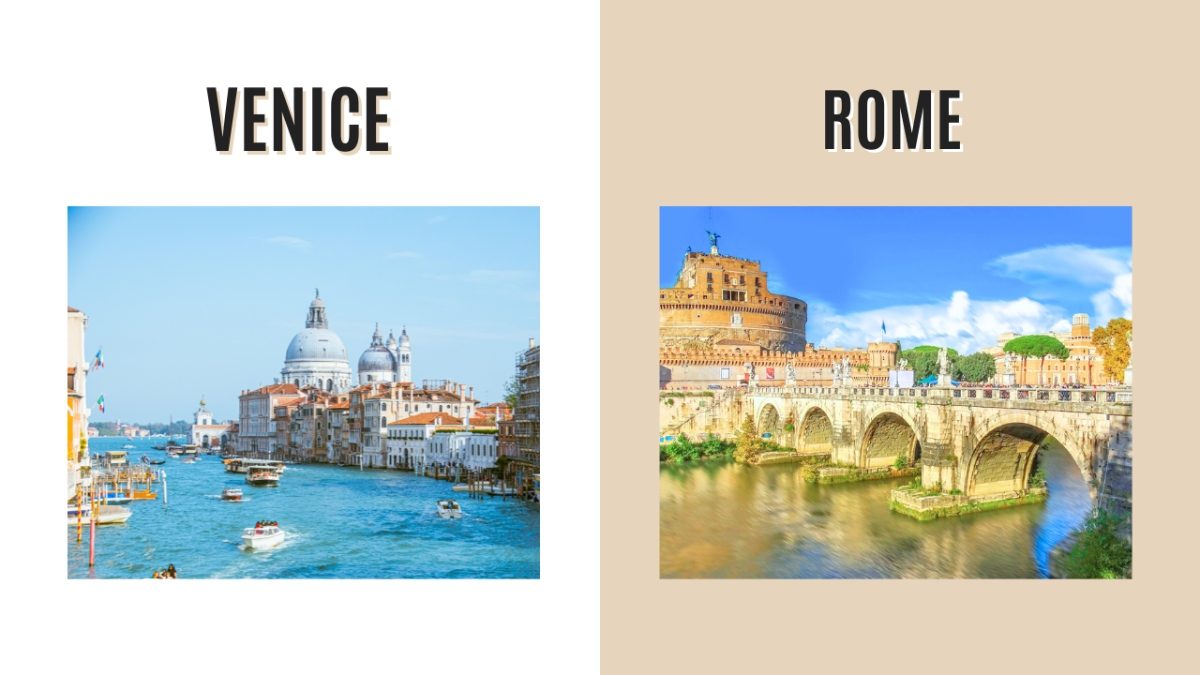
Rome and Venice boast rich histories spanning millennia, with iconic monuments shaping Western civilization. These cities offer a journey through time, from ancient empires to Renaissance splendor.
Foundations of Rome

Rome’s history stretches back over 2,500 years. The city began as a small settlement on the Tiber River and grew into the heart of one of the world’s greatest empires.
Once the center of political and social life, the Roman Forum still stands as a testament to this legacy. Visitors can walk among the ruins of temples, government buildings, and public spaces.
The Colosseum, Rome’s most famous landmark, towers over the city. Built-in 80 AD, this massive amphitheater could hold up to 50,000 spectators for gladiatorial contests and public spectacles. Today, it attracts millions of tourists each year.
Venice on the Waves
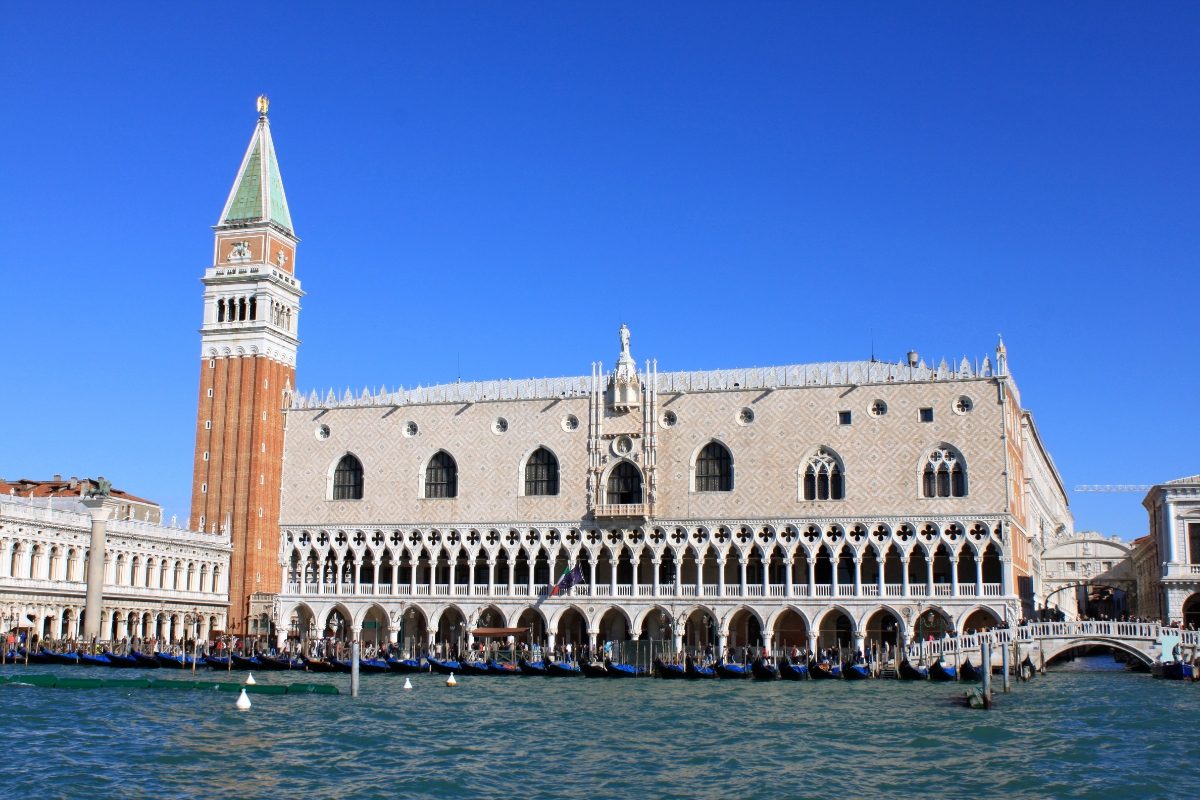
Venice’s unique history began in the 5th century when mainland residents fled to the lagoon to escape barbarian invasions. They built a city on water, creating a maritime republic that became a major power in the Mediterranean.
St. Mark’s Basilica symbolizes Venice’s wealth and influence with its stunning Byzantine architecture. The Doge’s Palace, once home to the city’s rulers, showcases Venice’s Gothic style and political importance.
Iconic Monuments and Architecture
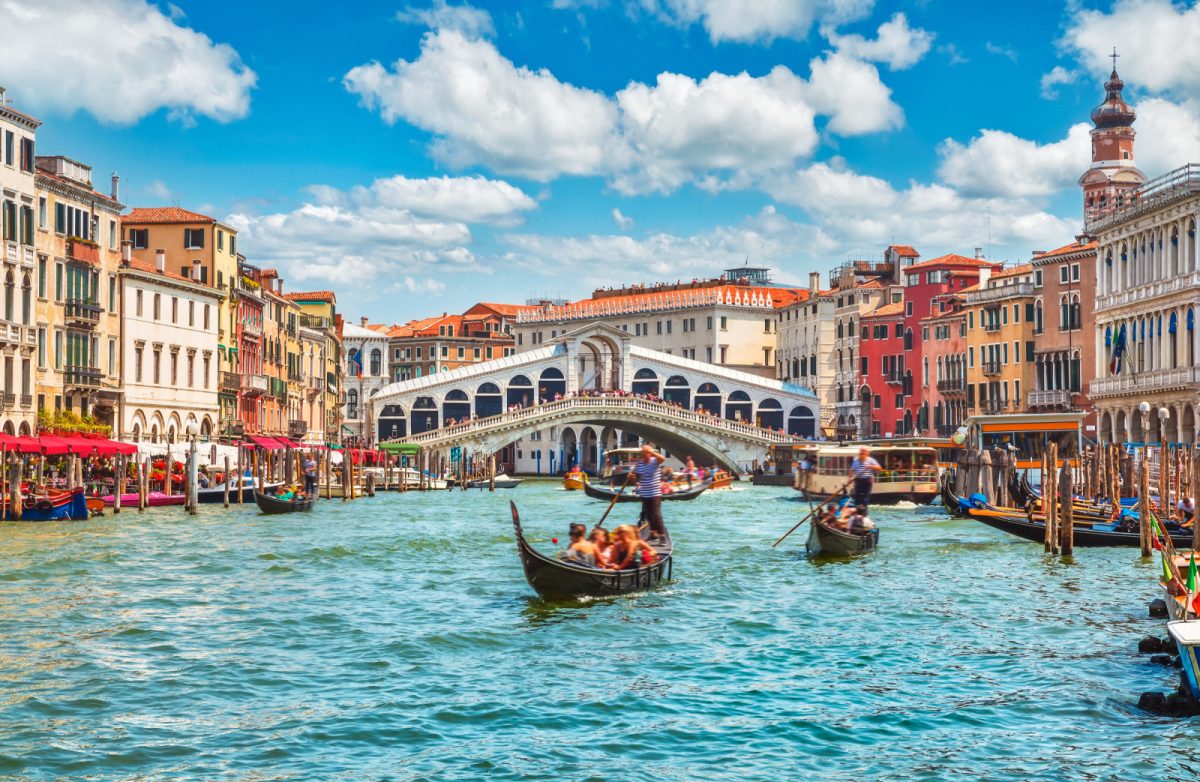
Both cities are UNESCO World Heritage sites packed with architectural marvels. In Rome, the Pantheon amazes visitors with its perfect proportions and engineering feats. Its concrete dome, built nearly 2,000 years ago, remains the world’s largest unreinforced concrete dome.
Venice’s Rialto Bridge, spanning the Grand Canal, has been a city icon since the 16th century. The bridge’s stone arch design was revolutionary and remains an engineering marvel.
Rome’s Trevi Fountain, a Baroque masterpiece, draws crowds who toss coins to ensure their return to the Eternal City. In Venice, the Bridge of Sighs connects the Doge’s Palace to the city’s historic prison, its name recalling the sighs of condemned prisoners.
Culinary Delight and Local Eats
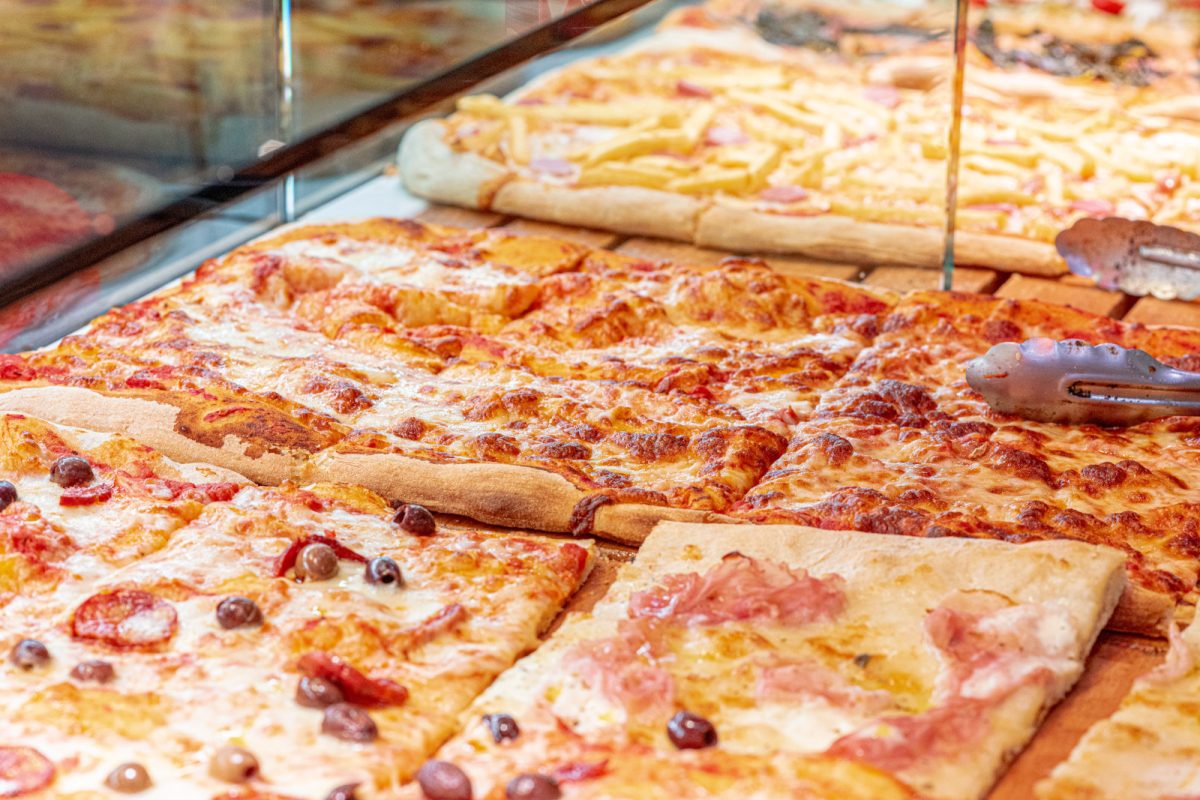
Italy’s two iconic cities offer mouthwatering culinary experiences that’ll leave your taste buds dancing. Each place has distinct flavors and specialties, from hearty Roman classics to delicate Venetian seafood.
Roman Gastronomy

When in Rome, eat as the Romans do! The Eternal City’s cuisine is all about simple, flavorful ingredients and age-old recipes. You can’t miss trying famous pasta dishes like carbonara, cacao e pepe, and amatriciana. These creamy, cheesy, peppery delights are pure comfort food.
Grab some supplì —fried rice balls stuffed with mozzarella for a quick bite. They’re the perfect snack while exploring the city.
Pizza al taglio (by the slice) is another Roman specialty. It’s crispy, rectangular, and topped with everything from simple Margherita to creative combos.
Don’t forget to wash it all down with a glass of local wine. The nearby Frascati region produces excellent whites that pair perfectly with Roman fare.
The Venetian Palate
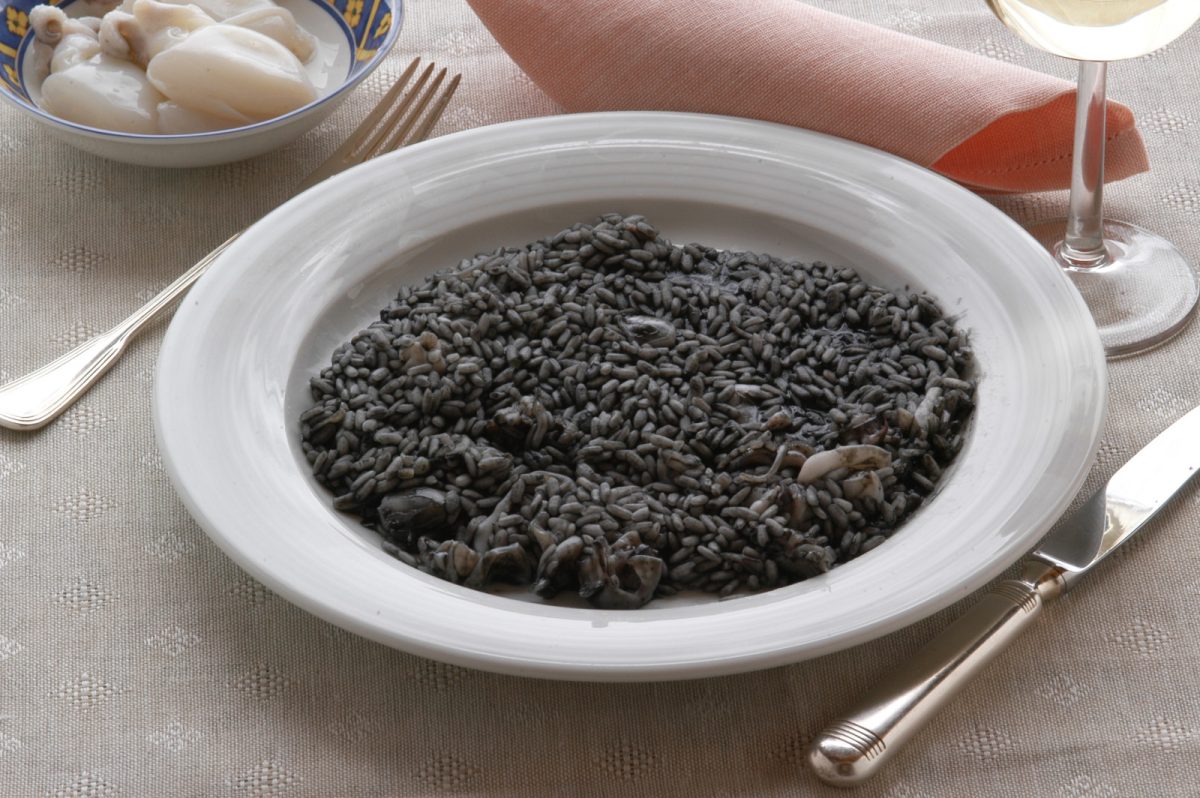
Venice’s cuisine is a delightful mix of land and sea. Being a lagoon city, seafood takes center stage here. You’ll find an array of fish and shellfish dishes that’ll make your mouth water.
Risotto al nero di seppia (squid ink risotto) is a must-try Venetian classic. It looks dramatic with its inky black color but tastes mild and creamy. For a lighter option, try sarde in saor – sweet and sour sardines that are perfect as an appetizer.
Cicchetti are Venice’s answer to tapas. These small bites are perfect for a light lunch or pre-dinner snack.
Think tiny sandwiches, fried meatballs, and seafood on toothpicks. They’re best enjoyed standing up at a local bacaro (wine bar) with a glass of prosecco.
Distinctive Dishes and Local Wines
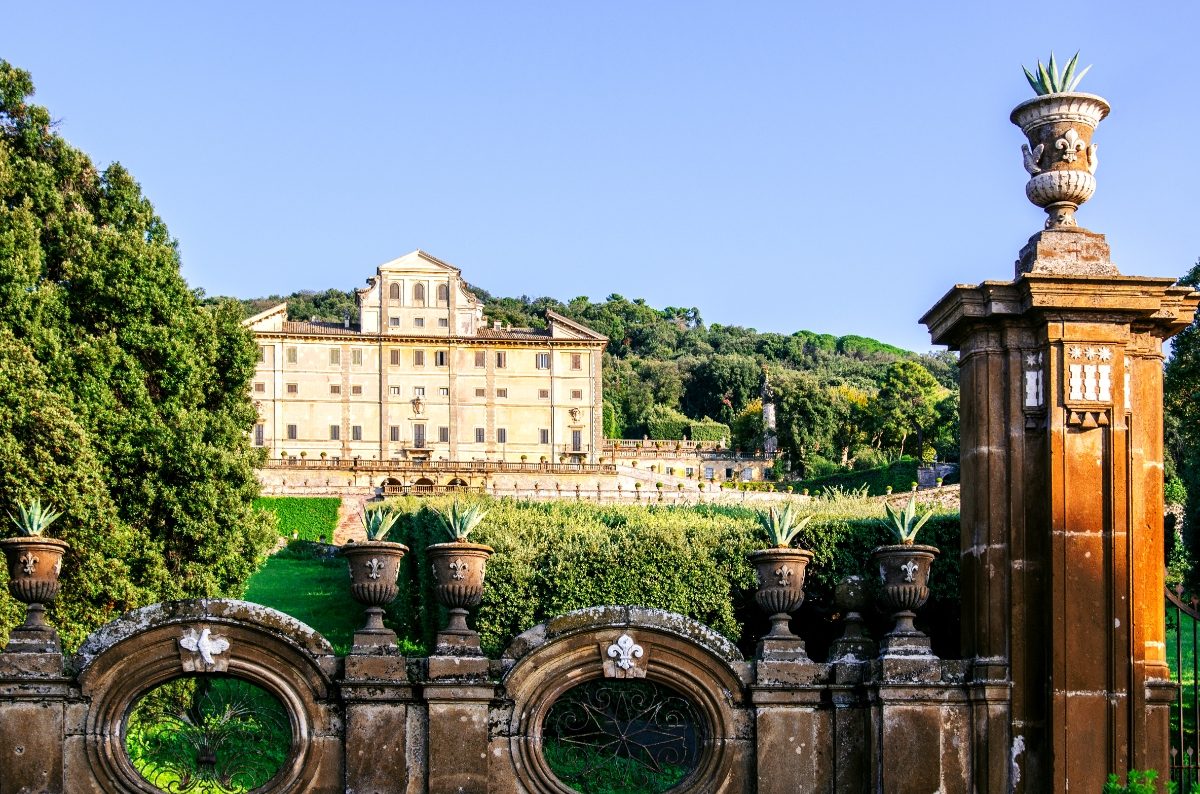
Both cities have their unique culinary traditions that set them apart. In Rome, try the hearty saltimbocca alla romana – veal wrapped in prosciutto and sage.
For dessert, gelato is a must. The city is dotted with artisanal gelaterias serving up creamy, flavorful scoops.
Venice offers baccalà mantecato – a creamy cod spread perfectly on crusty bread. And don’t miss the soft-shell crabs when they’re in season (April to May). They’re a true Venetian delicacy.
Wine lovers will be spoiled for choice in both cities. Rome is close to several wine regions, including Frascati and Castelli Romani.
Venice is easily accessible to the Veneto region, and it is famous for Prosecco and Valpolicella. Be sure to try some local varieties with your meals!
See Related: Sip Through Italy: Must-Visit Regions for Wine Lovers
Cultural Experiences and Festivities
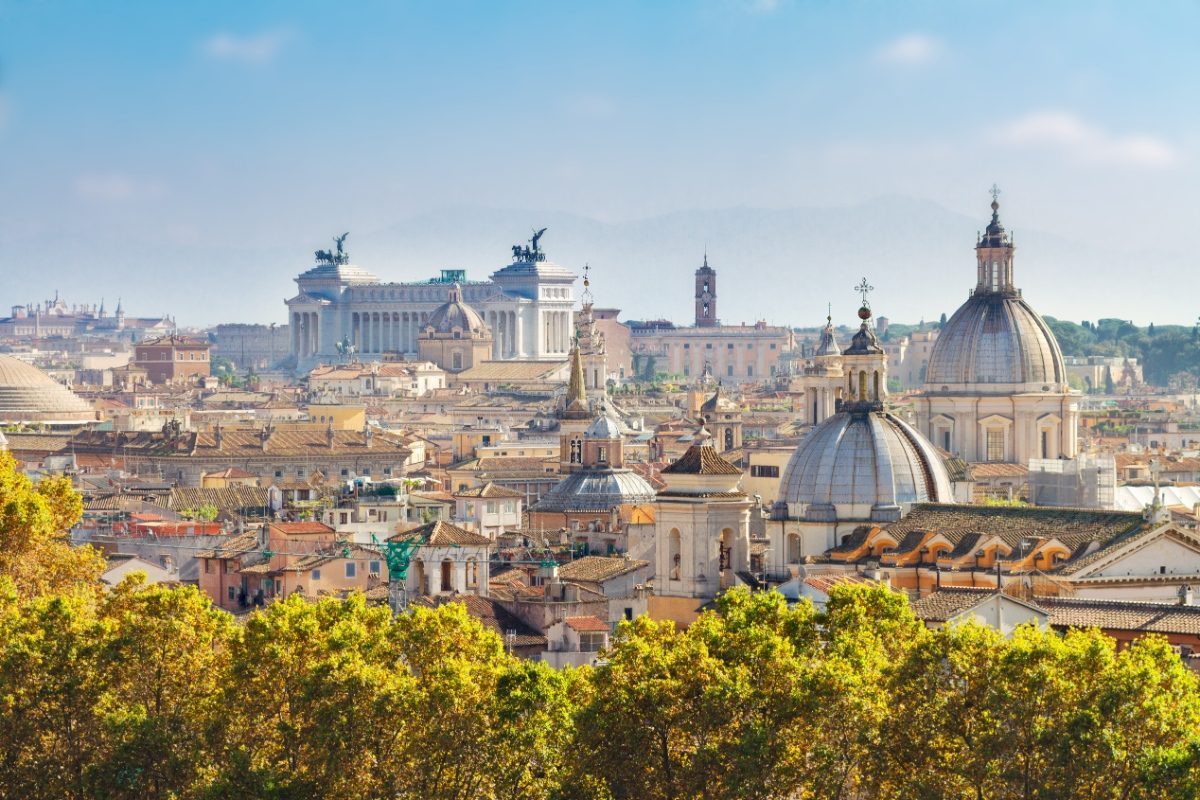
Rome and Venice offer unique cultural experiences that let visitors immerse themselves in Italy’s rich traditions. From lively festivals to authentic local customs, these cities showcase the heart of Italian life.
Living the Roman Life
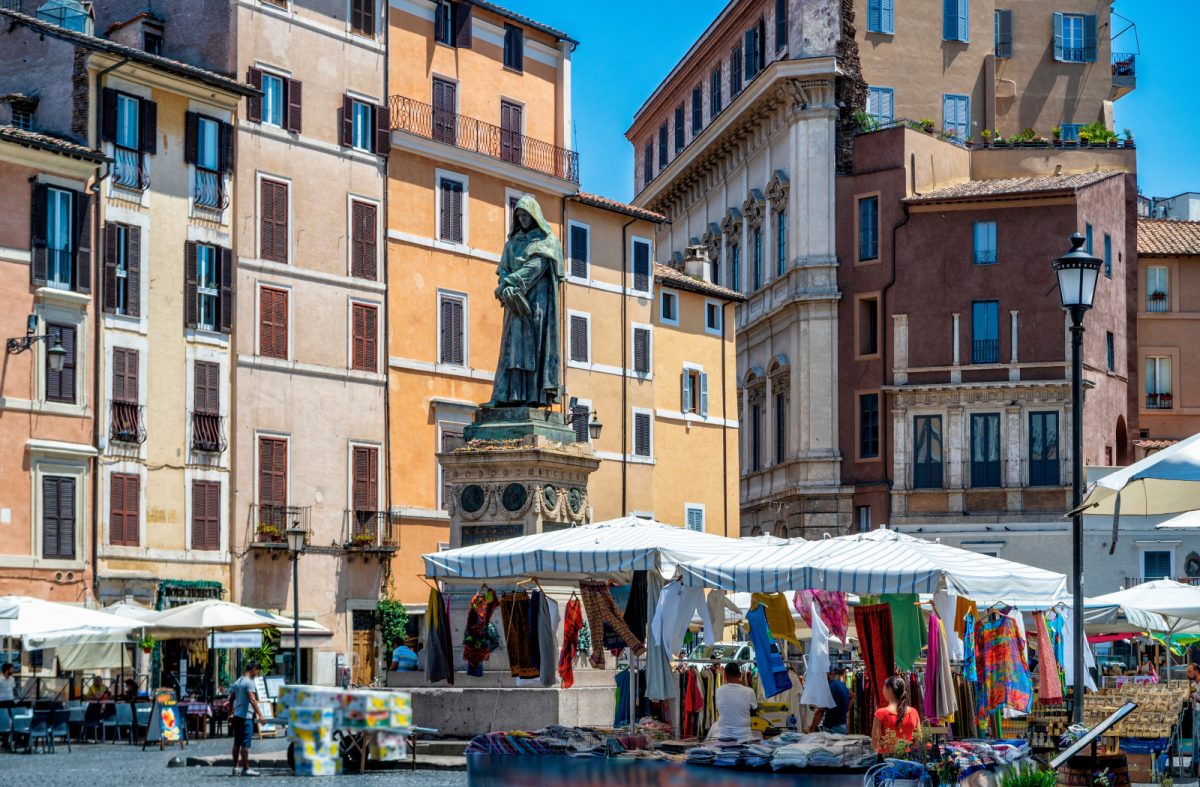
Romans know how to enjoy life. Grab a cappuccino at a bustling café and watch the world go by.
Wander the charming streets of Trastevere, where locals gather for aperitivo. Join in the passeggiata, the evening stroll where Romans socialize before dinner.
Food is central to Roman culture. Try authentic pasta dishes like cacio e pepe or carbonara at a family-run trattoria. Shop at colorful markets like Campo de’ Fiori for fresh produce and local specialties.
Art lovers can explore world-class museums and ancient ruins. The Vatican Museums house masterpieces, while the Colosseum transports you back in time. Street artists perform in lively piazzas, adding to Rome’s vibrant atmosphere.
Venetian Traditions

Venice’s unique culture revolves around its canals and maritime history. For a classic Venetian experience, take a gondola ride at sunset. Watch skilled artisans create intricate Murano glass or delicate lace on Burano Island.
Venetian cuisine features fresh seafood and Cicchetti; small bites enjoyed with wine at local bacari bars. Try risotto al nero di seppia (squid ink risotto) or sarde in saor (sweet and sour sardines).
Art enthusiasts can visit the Peggy Guggenheim Collection for modern masterpieces or explore the city’s many churches filled with Renaissance art. Venice’s narrow calli (streets) and hidden campos (squares) offer endless opportunities for discovery.
Festivals and Seasonal Events
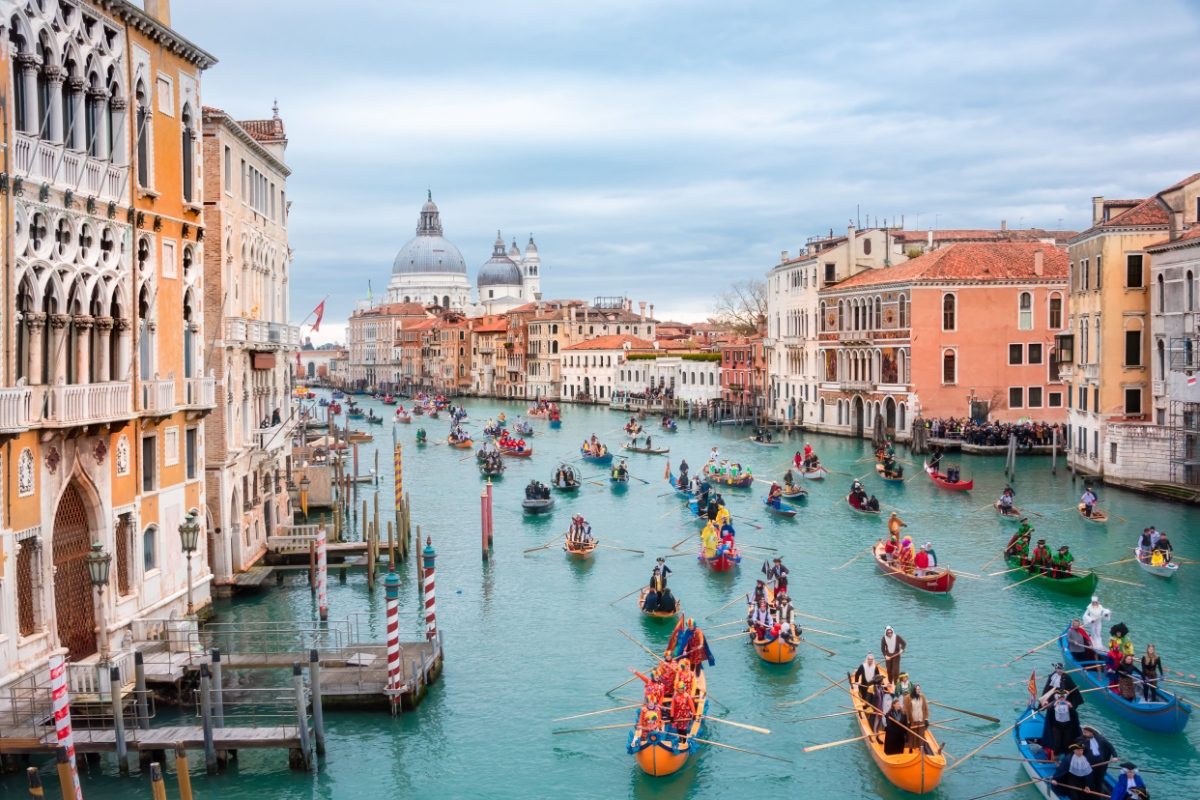
Both cities host spectacular festivals throughout the year. Rome’s Estate Romana brings outdoor concerts and events all summer long. During Christmas, Piazza Navona transforms into a festive market.
Venice’s Carnival is world-famous, with elaborate masks and costumes filling the streets each February. Every other year, the Venice Biennale showcases contemporary art and architecture.
Summer in Venice means outdoor film screenings and concerts. Winter brings the magical Festa della Madonna della Salute, with a temporary bridge built across the Grand Canal.
Transportation and Accessibility
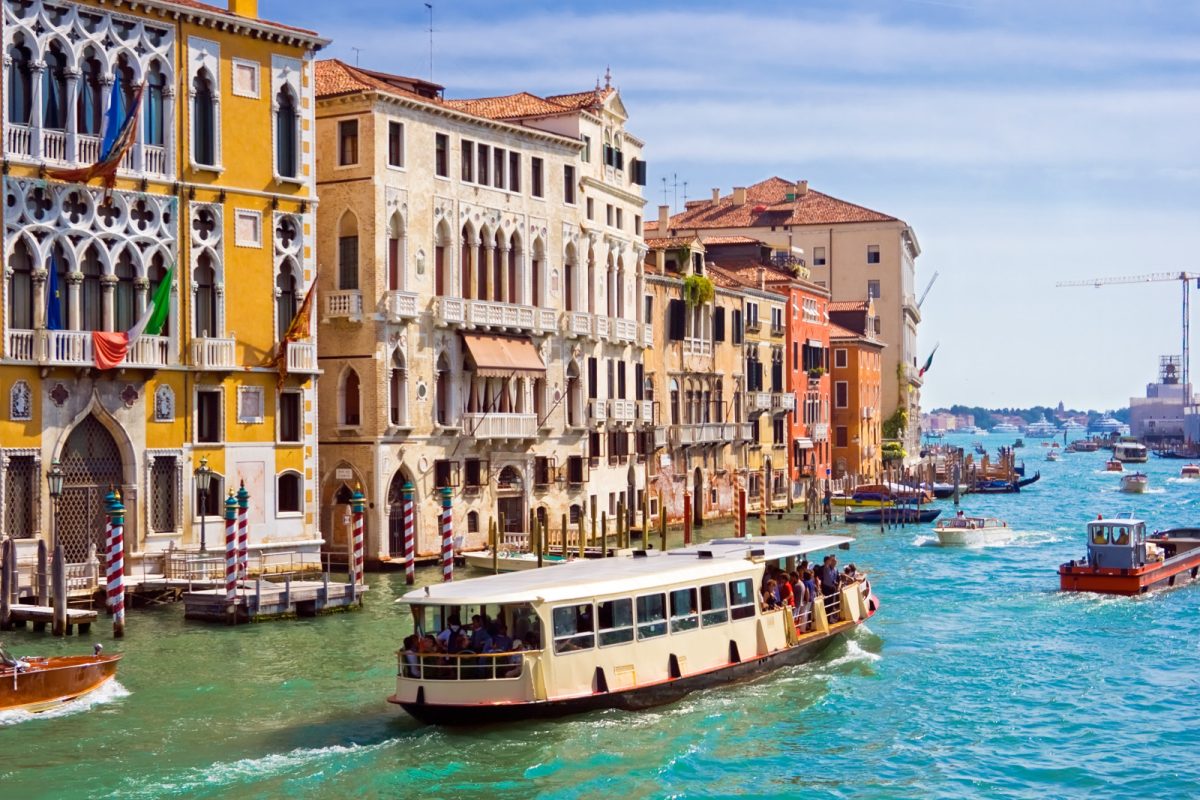
Getting around Rome and Venice couldn’t be more different. Each city offers unique ways to explore its sights and sounds, from ancient roads to watery canals.
Navigating Rome’s Alleys and Boulevards
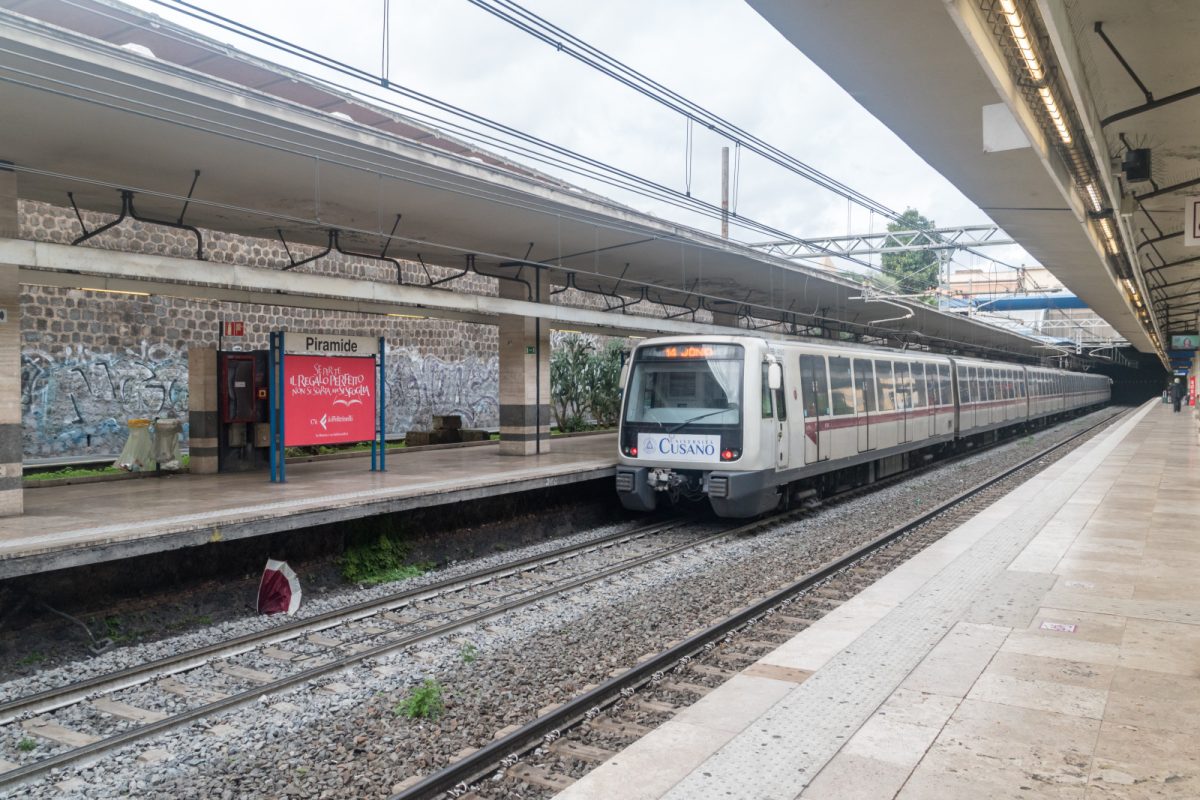
Rome’s bustling streets mix modern convenience with ancient charm. The metro, with three lines covering much of the city, is the fastest way to travel between major sites.
Tickets cost €1.50 for a single ride or €7 for a 24-hour pass. Buses fill in the gaps, reaching spots the metro doesn’t.
Walking is often the best choice in the historic center. You’ll stumble upon hidden gems and breathtaking views around every corner. Comfy shoes are a must – those cobblestones can be tricky!
Taxis are pricey but handy late at night. Always use official white cabs and insist on the meter.
Gondolas and Vaporettos: Venice on the Move
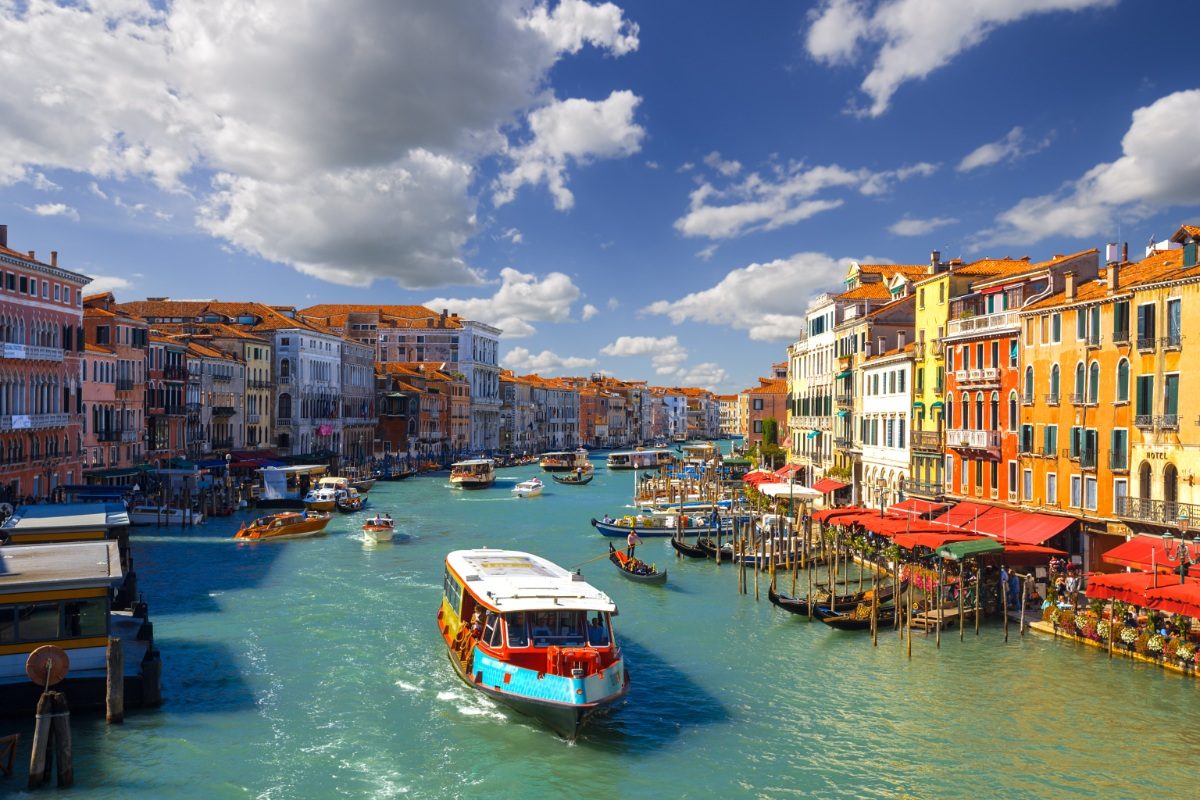
Venice’s canals are its streets, creating a truly unique transport experience. Vaporettos (water buses) are the workhorses of Venetian public transit. A single ride costs €7.50, but multi-day passes offer better value for tourists.
Gondolas are more about romance than practicality. At €80 for a 30-minute ride, they’re a splurge. But gliding under bridges and past palazzos is unforgettable.
Water taxis are speedy but expensive. They’re great for airport transfers or when you’re in a hurry.
Venice is very walkable, with charming pedestrian streets and bridges connecting the islands.
Day Trip Adventures

Both cities make great bases for exploring. From Rome, high-speed trains whisk you to Florence in 90 minutes or Naples in just over an hour. Ticket prices vary, but expect to pay €30-50 each way.
Venice offers boat trips to colorful Burano or glassmaking Murano. These islands are just 30-40 minutes away by vaporetto. In summer, beach lovers head to the Lido for sun and sand.
Renting a car opens up Tuscany from Rome or the Veneto countryside from Venice. Just remember – no cars in Venice itself!
Accommodation and Living Like a Local
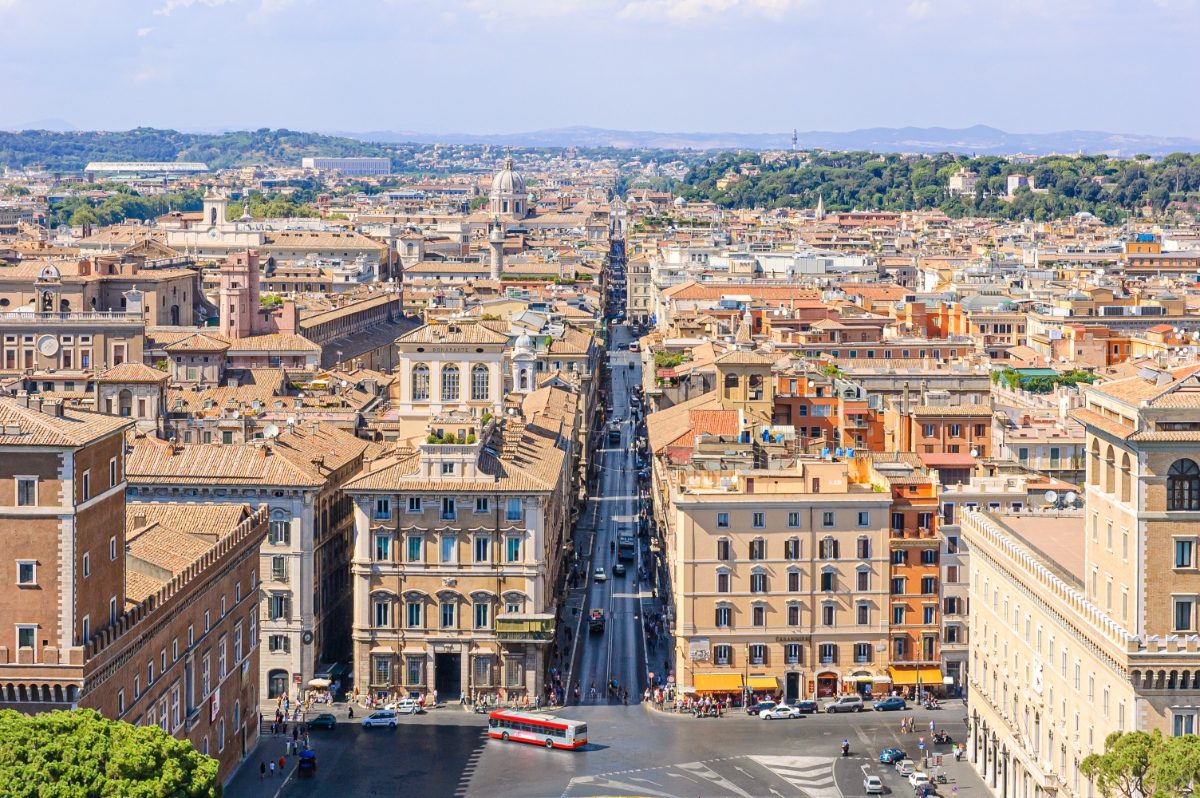
Finding the perfect place to stay can make or break your Italian adventure. Rome and Venice offer distinct options that cater to different tastes and budgets.
Roman Retreats: Hotels and Apartments
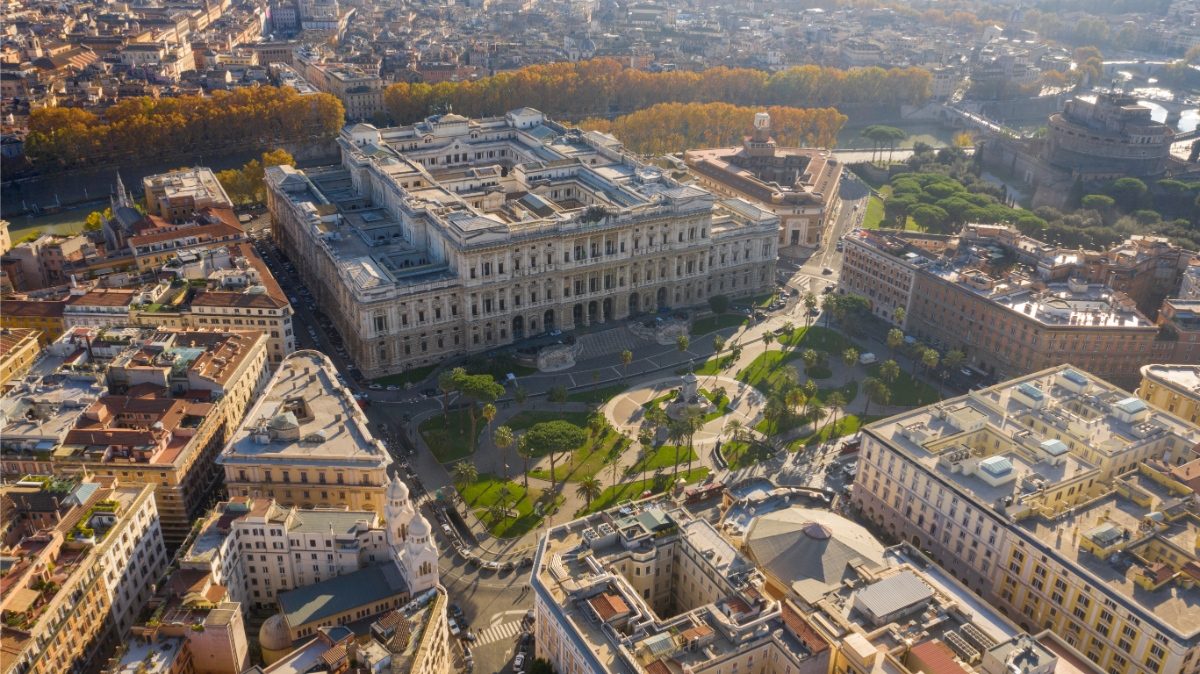
Rome’s accommodation scene is as diverse as the city itself. You’ll find everything from budget-friendly hostels to luxury hotels fit for an emperor.
Many visitors opt for charming apartments in trendy neighborhoods like Trastevere or Monti. These spots let you live like a local, shopping nearby markets and sipping espresso at corner cafes.
Try renting an apartment with a rooftop terrace to taste Roman life. You can enjoy sunset aperitivos while gazing at the city’s iconic skyline. Prices vary widely but expect to pay around €100-150 per night for a decent apartment in a good location.
Venetian Residences and Boutique Stays
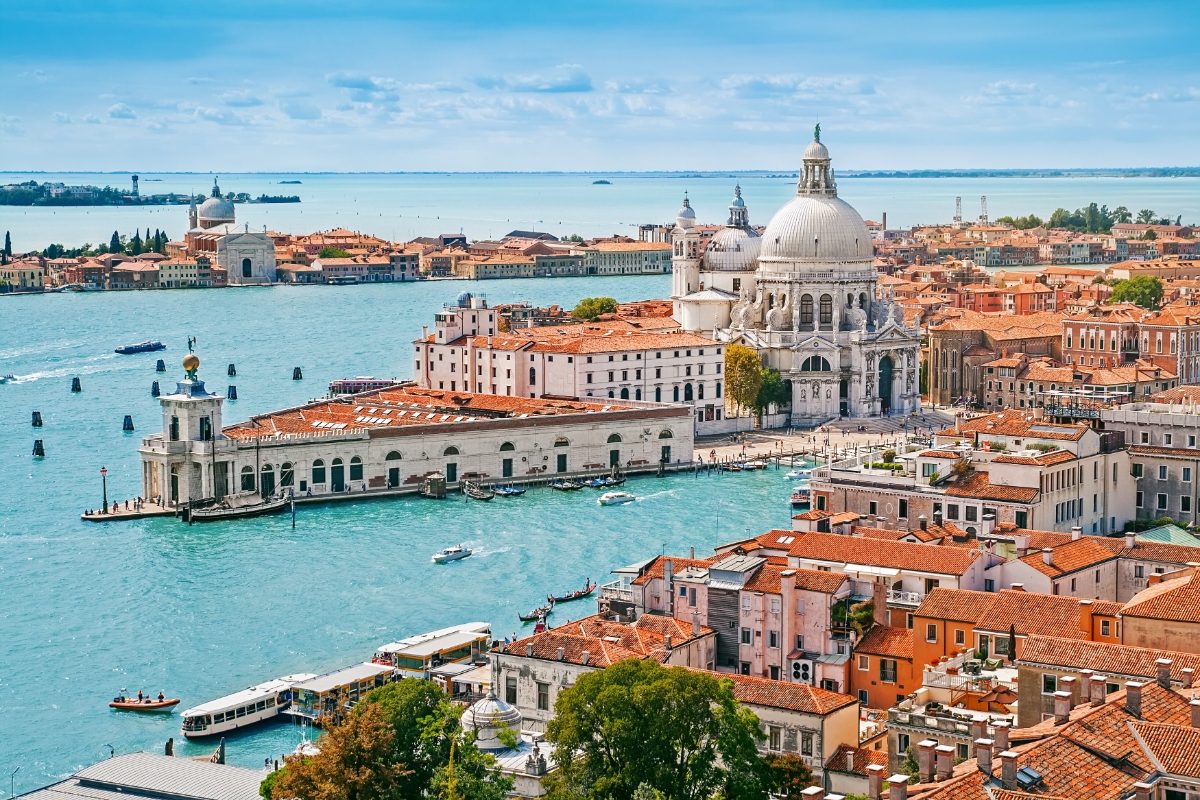
Venice’s unique layout means accommodations here tend to be pricier. But the charm of staying in a centuries-old palazzo on a quiet canal is hard to beat. The best Italian hotels often include breakfast and stunning views.
For a more intimate experience, look for family-run B&Bs in less touristy areas like Cannaregio or Dorsoduro. These neighborhoods offer a glimpse into everyday Venetian life. You might even score an invite to a local bacaro for cicchetti and wine.
Keep in mind that Venice gets very crowded in summer. Booking well in advance is crucial, especially for June through August. Expect to pay €150-200 per night for a decent room, more for canal views or luxury digs.
Shopping and Souvenirs
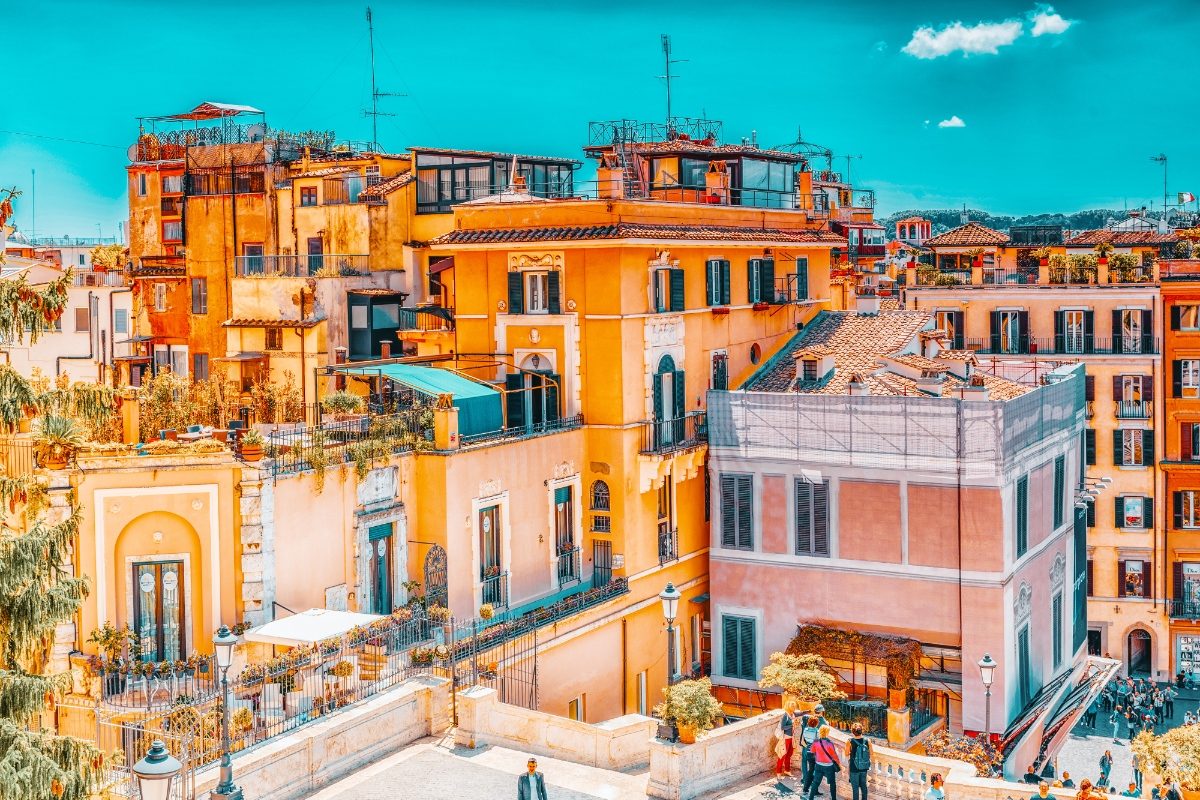
Rome and Venice offer unique shopping experiences that reflect their distinct cultures and histories. Both cities have something special for every shopper, from high fashion to handcrafted treasures.
Fashion and Finesse in Rome
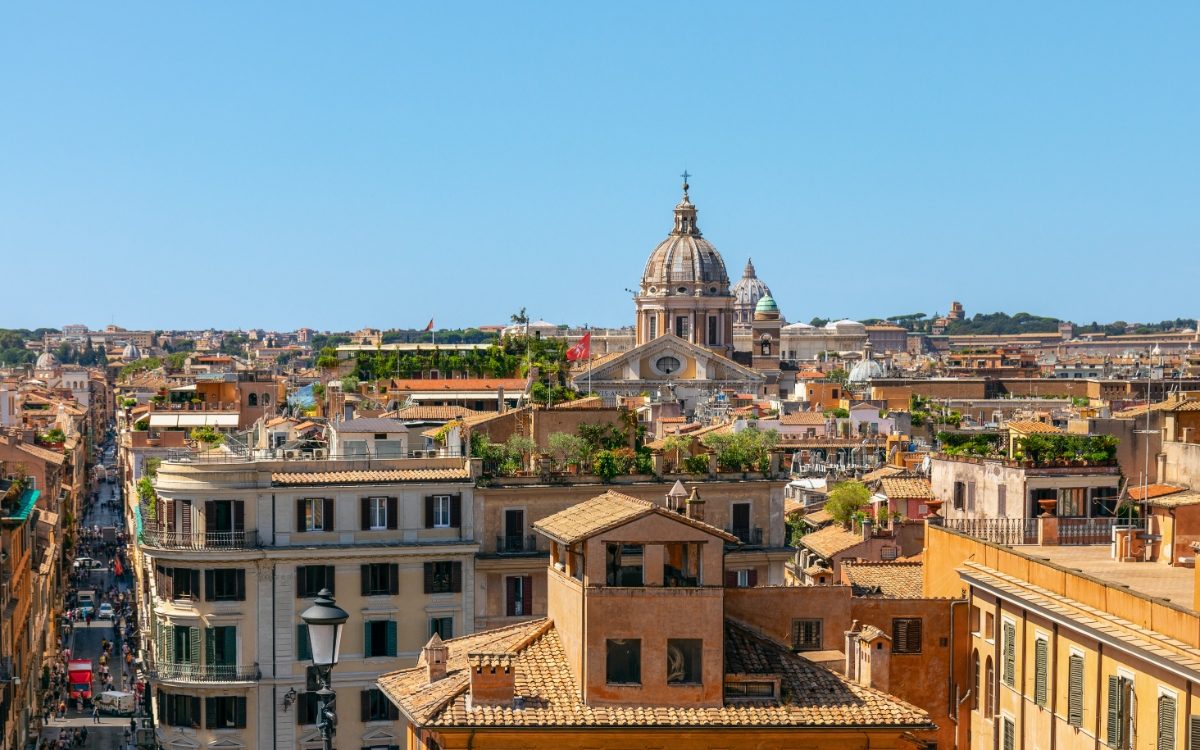
Rome is a paradise for fashion lovers. The Via dei Condotti is the place to be for high-end shopping.
This street has designer boutiques like Gucci, Prada, and Valentino. Prices here can be eye-watering – a handbag might set you back €1000 or more!
But Rome isn’t just about luxury brands. The city’s markets are treasure troves of affordable finds.
Campo de’ Fiori market is great for leather goods. You can snag a beautiful handmade leather bag for around €50-100.
Art lovers shouldn’t miss the galleries around Via Margutta. This charming street is packed with small shops selling paintings and sculptures. Prices vary widely, from €50 for a small print to thousands for original works.
Venetian Craftsmanship and Artifacts
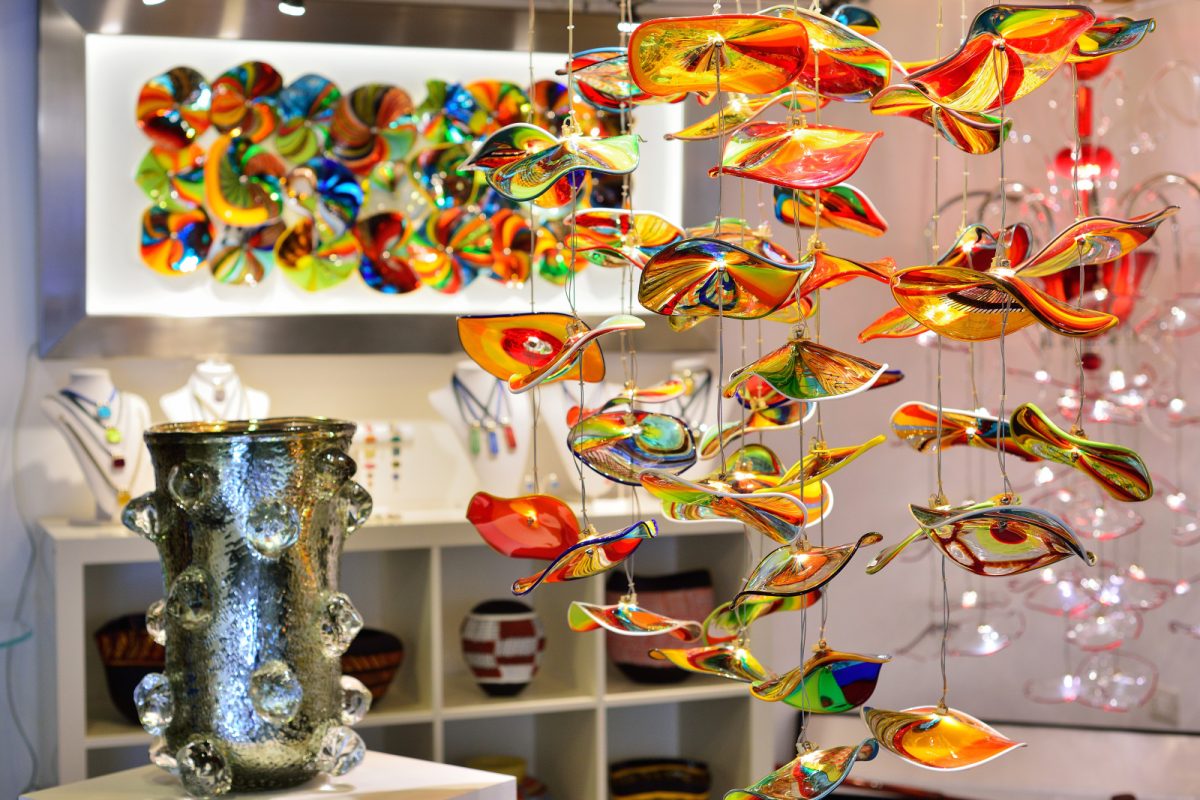
Venice is famous for its unique crafts. Murano glass is a must-buy souvenir.
You can find everything from delicate jewelry to grand chandeliers. A small Murano glass figurine starts at about €20, while larger pieces can cost hundreds.
Venetian masks are another iconic purchase. The most elaborate masks, used for Carnival, can cost €100 or more. But you can find simpler versions for around €20-30.
The Venice Biennale is a great time to buy art. This huge exhibition happens every other year.
It’s a chance to see and buy works from emerging artists worldwide. Prices range from affordable prints to pricey installations.
Don’t forget to explore the city’s many small workshops. You might find a skilled artisan creating leather-bound journals or hand-painted ceramics. These unique items are made for special souvenirs and are usually priced between €30 and €100.
See Related: Where to Stay in Italy for a Week: Unforgettable Destinations for Every Traveler
Seasonal Guide to Visiting

Rome and Venice offer unique experiences throughout the year. The best time to visit depends on your preferences for weather, crowds, and special events.
Rome’s Eternal Spring and Scorching Summers
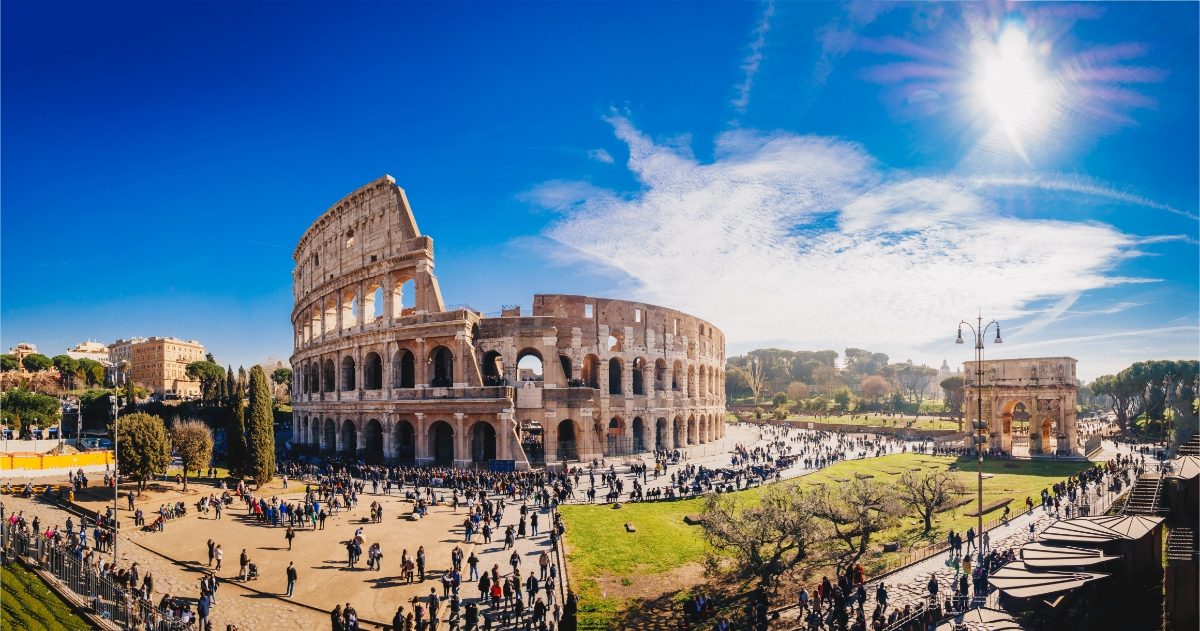
Spring is magical in Rome. From March to May, you’ll find mild temperatures and blooming flowers. It’s perfect for exploring outdoor sites like the Colosseum without melting. Expect some rain, but nothing a light jacket can’t handle.
Summer hits hard in the Eternal City. July and August are hot and crowded, with temperatures often soar above 30°C (86°F).
Tourists pack the streets, and lines for attractions can be brutal. But there’s a buzz in the air, with outdoor festivals and concerts galore.
Fall is lovely, with cooler weather and fewer crowds. September and October are ideal for sightseeing and enjoying Rome’s café culture. Prices drop a bit, too.
Winter can be chilly and wet, but Rome rarely sees snow. Christmas markets and nativity scenes add charm. You might snag great hotel deals, especially in January.
Winter Magic and Autumn Splendor in Venice
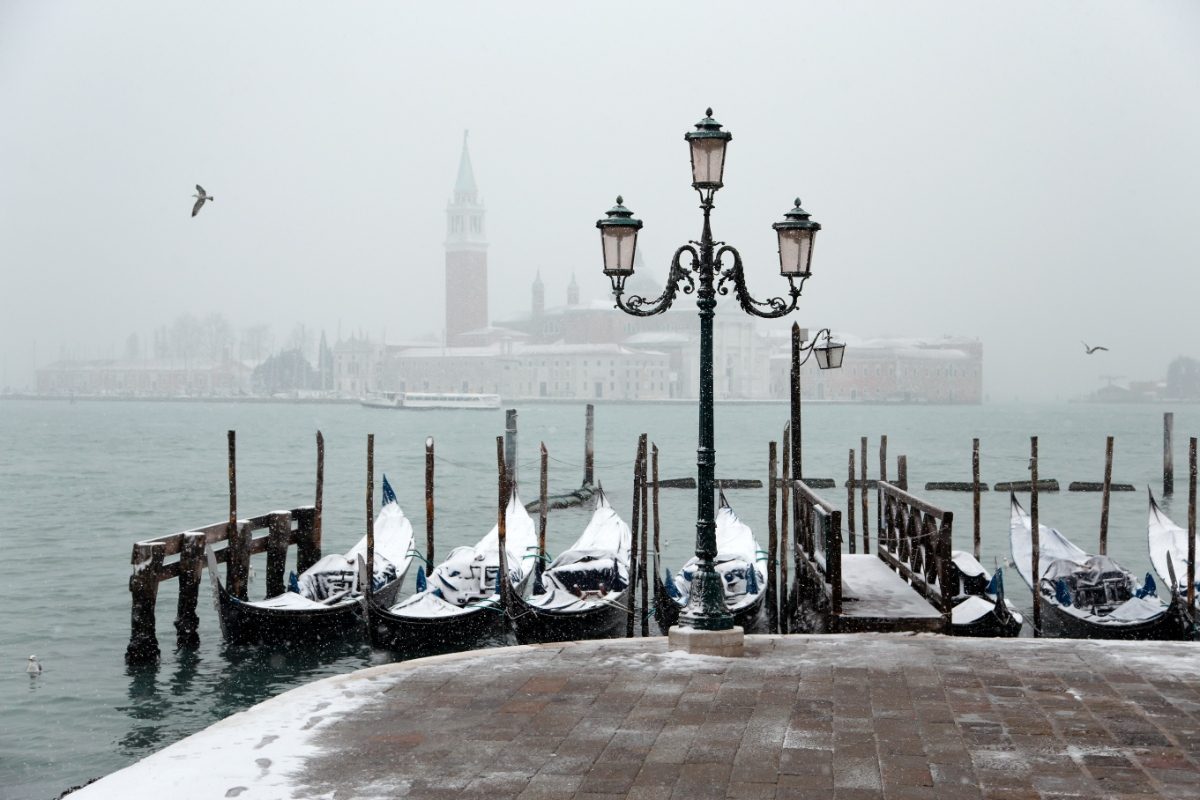
Venice shines in winter. The city empties, and you’ll feel like you have it to yourself.
Fog rolls in, creating a mysterious atmosphere. February brings Carnival, with elaborate masks and costumes filling the streets.
Spring brings Venice to life. The weather is mild, perfect for gondola rides. Easter celebrations are beautiful, with special masses at St. Mark’s Basilica.
Summer in Venice is busy and hot. Canals can get smelly in the heat. But the city buzzes with energy, and you can cool off at nearby beaches like the Lido.
Fall is arguably the best time to visit. The crowds thin out, and the light is gorgeous for photos. November can bring acqua alta (high water), but it’s part of the Venetian experience. Just pack your wellies!
See Related: Sustainable Travel in Italy: Eco-Friendly Destinations and Tips
Frequently Asked Questions
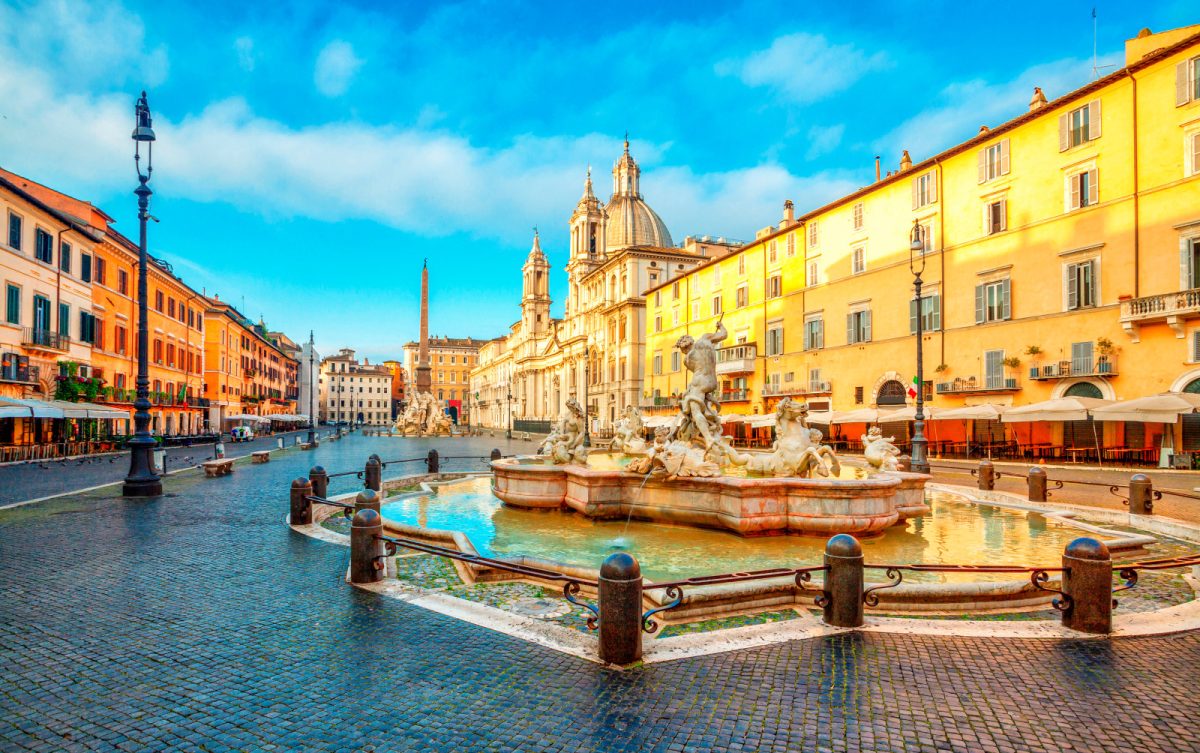
Choosing between Rome and Venice can be tricky. Both cities offer unique experiences but differ in costs, culture, and overall vibe. Let’s dive into some common questions to help you decide.
On my Italian trip, should I first visit Rome or Venice?
It depends on your interests. Rome’s ancient ruins and bustling city life make it great for history buffs and those who love urban energy. Venice’s canals and romantic atmosphere are perfect for couples and anyone seeking a more laid-back trip.
Many travelers start with Rome. It’s bigger and has more diverse attractions. Plus, its central location makes planning trips to other parts of Italy easier.
How do the costs compare between visiting Rome and Venice?
Venice tends to be pricier than Rome. Hotels in Venice can cost 20-30% more, especially near St. Mark’s Square. A gondola ride runs about €80 for 30 minutes.
Rome offers more budget-friendly options. You can find decent hotels for €60-100 per night. Many top sights, like the Trevi Fountain, are free to visit.
How do Venice and Rome differ in beauty and cultural offerings?
Venice is all about water and Gothic architecture. Its canals, bridges, and palaces create a fairy-tale setting. The city itself is like an open-air museum.
Rome boasts a mix of ancient ruins, Renaissance art, and modern city life. Its world-famous sites include the Colosseum and Vatican Museums. The city’s beauty lies in its layers of history.
Is Venice or Rome a better starting point for someone who has never visited Italy?
Rome is often recommended for first-timers. It gives a broader taste of Italian culture, history, and lifestyle. The city is easier to navigate and offers more diverse experiences.
Venice can be overwhelming with its crowds and maze-like streets. It’s magical, but if it’s your only stop, it might not give you the full Italian experience.
Can you highlight the main contrasts between Rome and Venice from a traveler’s perspective?
Size and pace are big differences. Rome is sprawling and bustling, while Venice is compact and moves slower. You’ll walk or use public transport in Rome, while boats are the main way to get around Venice.
Food varies, too. Rome is known for pasta dishes like carbonara and cacio e pepe, while Venice specializes in seafood and risotto. Each city has its unique culinary traditions.
Between Florence, Venice, and Rome, which city provides the most quintessential Italian experience?
Each city offers something special, but Rome often takes the cake for the quintessential Italian experience. It’s got ancient history, world-class art, and that buzzing Italian city vibe all in one place.
Rome lets you experience the Dolce Vita lifestyle. You can sip espresso at a sidewalk café, toss a coin in the Trevi Fountain, and end the day with a perfect plate of pasta. It’s Italy in a nutshell.

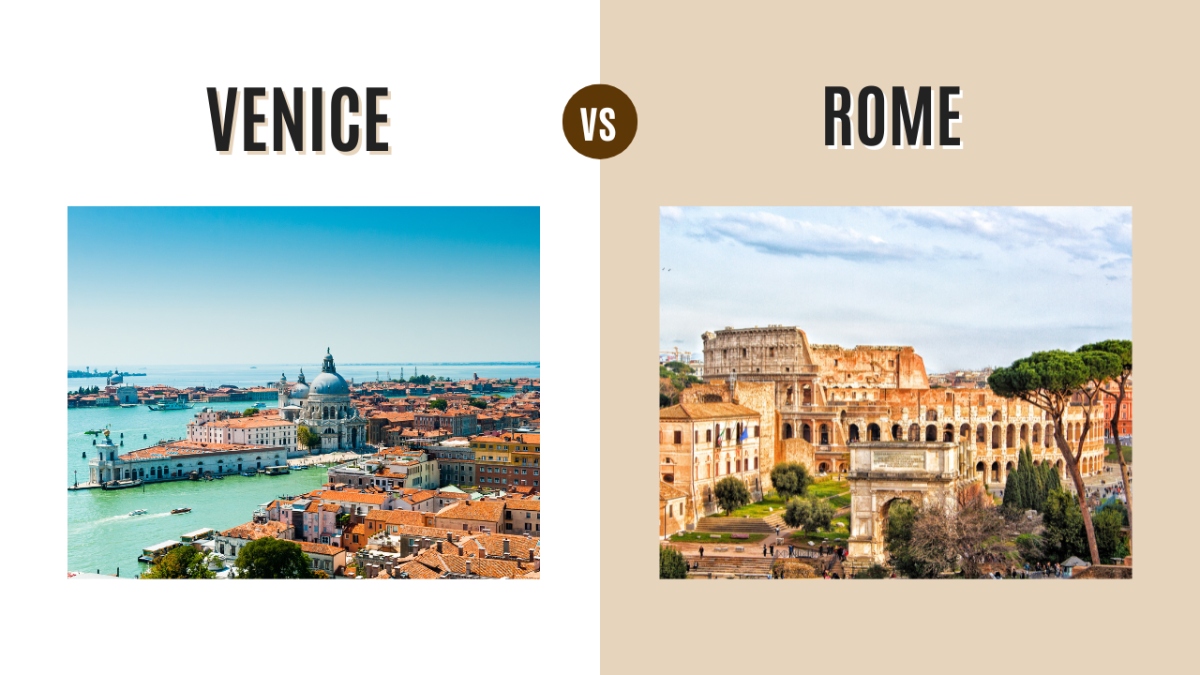
0 Comment